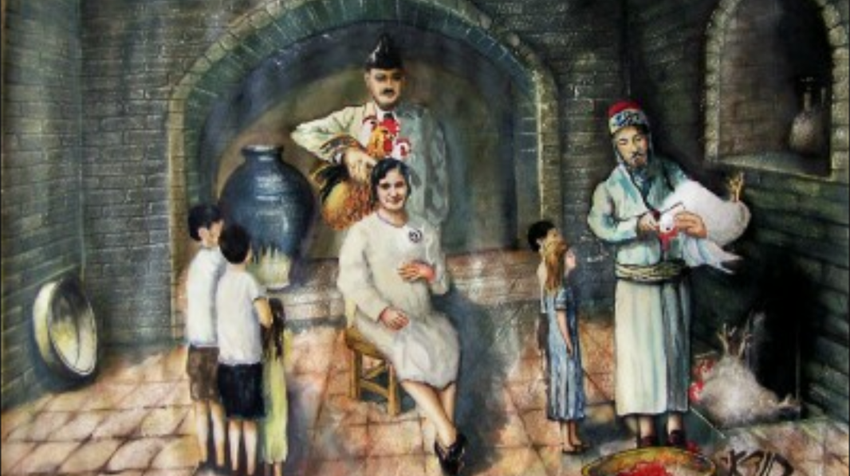Highlighting the permanent Jewish presence and the relevance of Jewish contributions in Eretz Israel as well as the continuous connection between Diaspora Jews and Eretz Israel throughout the centuries between the Destruction of the Second Temple and the onset of modern Zionism, through a series of one-page notes distributed weekly.
DID YOU KNOW THAT... in 1599, the book ‘Seder HaYom’ by R. Moshe Machir of Safed, a little known but very influential book, was first printed in Venice? R. Moshe ben Yehuda Machir lived in Safed in the second half of the 1500s. He was the head of a Sephardic yeshiva that apparently started in 1582 in Ein Zeitim, just north of Safed. This yeshiva shared with other yeshivot in the area the spiritual atmosphere and messianic tension that then prevailed. It seems, however, that unlike many other local yeshivot, this one focused on the study of Talmud and Halachah rather than Jewish mysticism while at the same time putting the focus on repentance and ascetic practices. R. Machir wrote Seder HaYom’ [The Order of the Day], a book that was first printed in 1599 in Venice. This book describes, in its own words, "the order one should follow in his days and nights, on Shabbats and holidays, the order of the entire year when sitting at home and walking on the way, when retiring and rising". ‘It records systems of mystical practices and meditations other than the system of R. Yitzchak Luria [1534-1572], the system that would soon become dominant. More importantly, ‘Seder HaYom’ is the source of many widespread liturgical customs. The most emblematic case may be the text of the popular ‘Modeh Ani’ [I Thank You] prayer uttered first thing in the morning after waking up. Although the inspiration for such recitation can be found in the Talmud, the source of the specific text in use today is this very ‘Seder HaYom’. Another example is the recitation before starting the ‘Birchat HaMazon’ [Grace After Meals] on Shabbat and Festivals of Psalm 126 plus two isolated verses, Psalm 147:21 and 150:6, a practice first recorded in Seder HaYom. Yet another example, is the practice, in certain prayer traditions, to read before the daily recitation of the ‘Shir shel Yom’ [Psalm of the Day], two paragraphs starting with Psalm 89 and followed by Isaiah 2:5, Micah 4:5, etc.


































